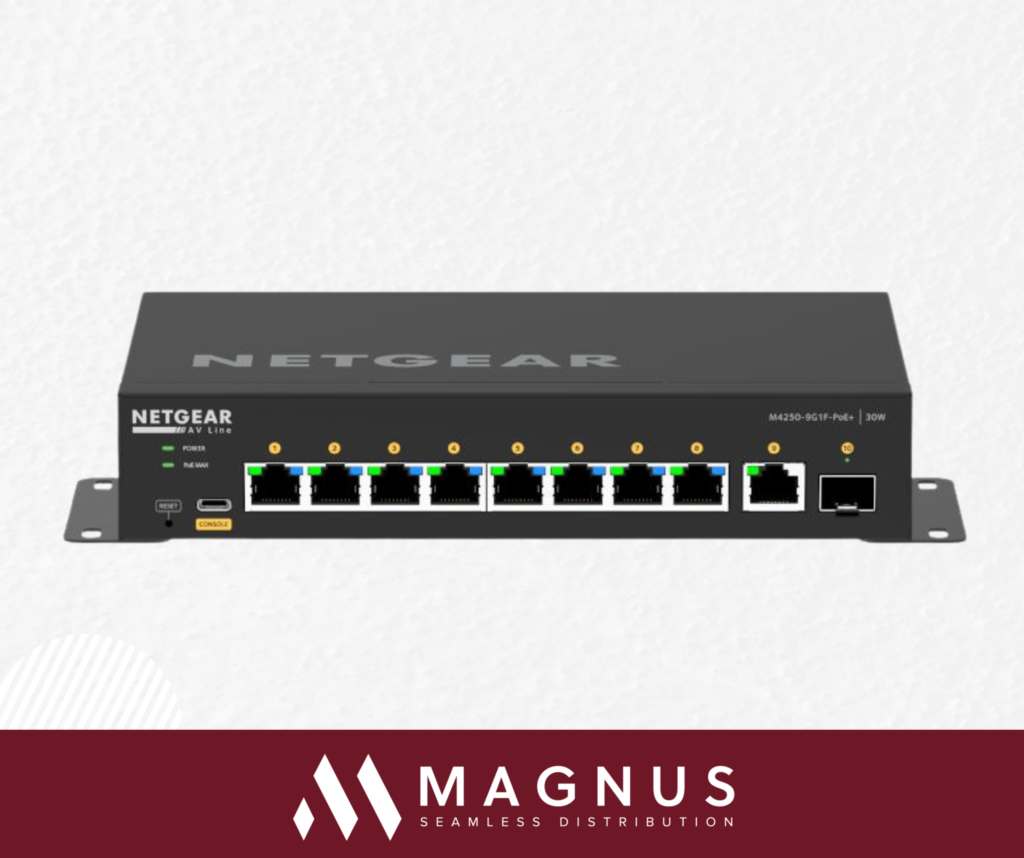
Apr 06 2024
/
How do industrial switches work
Industrial switches are vital for modern manufacturing plants, utilities, and large industrial facilities. These devices are crucial in complex networks, acting as foundational elements for numerous industrial applications. But what are industrial switches, and how do they enhance industrial system functionality and productivity? This guide will explore the functions of industrial switches, cover the different types available, and offer insights into their applications in various sectors.
The Basics of Industrial Switches
Industrial switches are advanced controls for managing information, electricity, or process variables in industrial settings. Unlike consumer switches, they’re made to endure extreme conditions such as high temperatures, humidity, dust, vibrations, and corrosive materials.
Understanding the Operation of Industrial Switches
Industrial switches use various mechanisms to control electrical paths. Common types include:
Toggle Switches: A manual lever flipped between open and closed positions is ideal for heavy-duty use.
Pushbutton Switches: A button that creates an electrical connection when pressed, available in momentary or latching types.
Selector Switches: A rotary switch where the selector arm’s position determines the connected circuit.
Types of Industrial Switches
There are several types of industrial switches, each designed for specific functions and environmental conditions. Understanding the differences between these types is crucial to selecting the right switch for an application.
Mechanical vs. Electronic Switches
Mechanical switches use physical actions to operate circuits, handling higher currents more ruggedly than electronic switches. Electronic switches use semiconductors for current flow control. Though not as robust, they provide precise, reliable control over low-current signals.
Proximity Switches
Proximity switches detect objects using technologies like inductive, capacitive, or ultrasonic sensing, operating without physical contact. This makes them ideal for applications requiring object detection without mechanical interference.
Limit Switches
Limit switches are designed for detecting and regulating machine part movement. Commonly used in industrial automation, they control equipment positions, like opening or closing a valve at a certain level or stopping a motor at a specific angle.
Safety Switches
Safety switches are engineered to provide a fail-safe operation to prevent accidents and protect equipment. They often incorporate redundant systems and self-monitoring capabilities to detect any faults in the switch operation that could compromise safety.
Industrial Switches in Action
Industrial switches are integral to the operation of various devices and systems across a wide range of industries. Here are some scenarios illustrating the versatility of these critical components.
Manufacturing and Assembly Lines
Switches are widely used in manufacturing to operate machinery, oversee production, and maintain product quality. For instance, limit switches manage assembly robots’ timing and movement, and pushbutton switches can start or stop production lines.
Utilities and Power Distribution
In the utility sector, switches are deployed to control the flow of electricity, manage grid systems, and ensure the safe operation of power distribution infrastructure. These switches play a vital role in isolating faulty equipment, transferring loads, and rerouting power to maintain service reliability.
Transportation and Logistics
Industrial switches contribute to the efficient operation of transportation systems, including railways, airports, and ports. They help control signaling, track switches, and other critical elements that ensure the safe and on-time movement of passengers and cargo.
Building Automation
Industrial-grade switches manage lighting, HVAC, and security in large buildings, offering robust performance in challenging environments like high-traffic areas or exposed locations. They are the best choice for these applications.
Choosing the Right Industrial Switch
Selecting the appropriate industrial switch is a crucial decision that requires careful consideration of various factors, including:
- Application requirements like current/voltage ratings, signal types, and operation frequency.
- Environmental conditions dictate the needed IP rating for protection against dust, water, and contaminants.
- The switch’s required life cycle, considering its operation count over its service life.
- Compliance with industry standards and regulations, including safety and EMC.
Final Thoughts
Industrial switches are key to automation and control, ensuring reliable operation even under tough conditions for process continuity, efficiency, and safety. Knowing about the different types and uses of these switches gives you insight into the core of modern industrial systems.
From simple toggle switches to complex proximity sensors, choosing the right industrial switch is crucial for equipment performance and operational success. Manufacturers and operators need to keep up with the latest switch technologies and products to stay competitive and meet evolving industrial standards and regulations.
Frequently Asked Questions
How do I determine the IP rating needed for my industrial switch?
The IP rating you need depends on the dust, water, and other contaminants in your environment. A higher IP rating means better protection.
Can industrial switches operate in extreme temperatures?
Yes, many industrial switches are built for extreme temperatures. Check the switch’s temperature range to ensure it fits your needs.
What is the difference between a toggle switch and a proximity sensor?
A toggle switch manually makes or breaks a circuit. Proximity sensors detect objects without touch, often used in automation.
How often should industrial switches be replaced or maintained?
Maintenance and replacement depending on use, environment, and lifespan. Follow the manufacturer’s advice and regularly inspect to decide on the schedule.
Are there wireless industrial switch options available?
Yes, there are wireless switches for situations unsuitable for wires. They use wireless technology for flexible installation and use.

